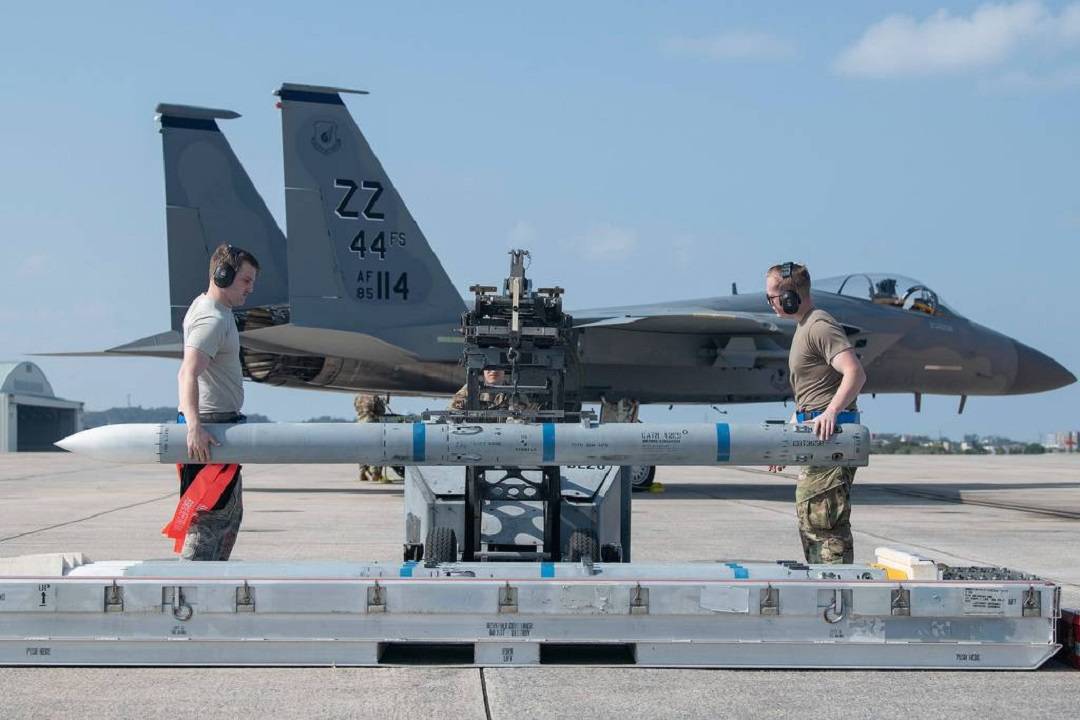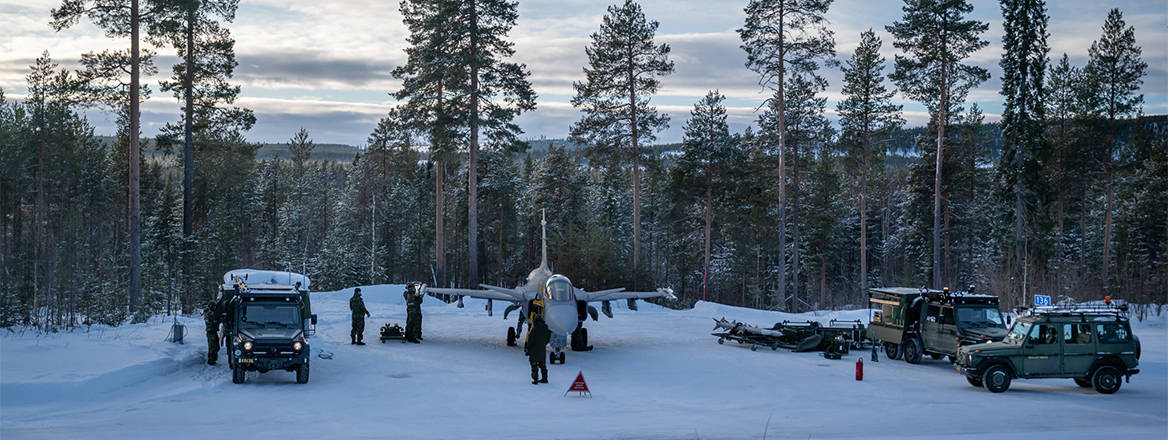Regenerating Warfighting Credibility for European NATO Air Forces
This paper examines three challenges for European NATO air forces in deterring future aggression by Russia against Alliance members – the current vulnerability of NATO air bases and options for hardening or dispersal; current shortfalls in NATO aircrew readiness for high-intensity combat and the changes required to fix them; and the need for SEAD/DEAD capabilities and appropriate munitions stockpiles.
- The UK armed forces and other European militaries have been sized, equipped and organised around the assumption that air superiority will be quickly achieved and leveraged to defeat state opponents.
- Russia will remain an adversary for the foreseeable future and is likely to continue to rearm and rebuild large-scale conventional forces once the fighting in Ukraine ceases. It is in China’s geopolitical interests to split US and European resources and attention away from the Indo-Pacific. Therefore, China is likely to help Russia rearm once there is some form of ceasefire in Ukraine. This would significantly increase the level of threat Russia can pose in the medium term.
- The Chinese military threat means fewer US military assets available to reinforce Europe in a crisis. A notable risk is that Russia will take advantage of a conflict between the US and China in the Indo-Pacific to renew aggression against European NATO members or Ukraine.
- The likelihood of an enduring military threat from Russia and, increasingly, US commitment to the Indo-Pacific mean that European NATO air forces must take steps to urgently regenerate credible warfighting capability against Russian forces. Medium-term deterrence requires it.
- However, almost all European air forces, including the RAF, currently lack many of the critical capabilities required to credibly be able to gain and exploit air superiority against Russian forces, or indeed any state opponent with modern ground-based air defence systems and long-range strike capabilities.
- The first major area of concern is the vulnerability of air forces that have, due to decades of efficiency-saving measures, ended up in a position where their combat aircraft and the maintenance capacity to support them are concentrated in a small number of main operating air bases with limited hardened shelters or ground-based missile defence systems. This makes them highly vulnerable to Russian long-range strike capabilities and so undermines their deterrence credibility and survivability in any potential conflict.
- Remedying this will require a combination of dispersal, hardening and ground-based air defence protection. The optimal combination will vary depending on each air force’s current laydown, equipment and resourcing. Sweden and Finland both provide examples of air forces that currently maintain a much less vulnerable posture than most European NATO air forces. Not all aspects of their equipment or practices can be universally adopted, but there is much that could be learned.
- The second major concern is a lack of currency and proficiency for high-intensity mission sets among aircrew and other key personnel across most air forces in Europe. The tactics and procedures required to be effective against a state adversary like Russia are very different from those required for peacetime air policing or close air support against insurgent groups.
- To regenerate proficiency in high-end warfighting mission sets, air forces must reduce discretionary commitments such as counterterrorism and international diplomacy-focused deployments. At present, with the scale of ongoing activity, most air forces, including the RAF, lack the necessary maintenance, spares and aircrew capacity to conduct focused warfighting training at scale. Overstretching fast jet fleets by trying to do everything is resulting in increasing problems with aircraft availability, and significant numbers of the most critical experienced instructor pilots and senior engineers are becoming burnt out and resigning.
- The third major area of concern is that no European NATO air forces currently have sufficient expertise or the required munitions stocks to conduct suppression and destruction of enemy air defences (SEAD/DEAD) at scale. The lethality of mobile surface-to-air missile (SAM) systems on both sides in Ukraine is a vivid reminder of the consequences of an inability to conduct SEAD/DEAD at scale. Without such capacity, European NATO air forces cannot credibly achieve and exploit control of the air over a battlefield contested by Russian forces or even by near-peers such as Iran.
- Weapons and aircraft already exist that are well suited to SEAD/DEAD; most notably, in terms of weapons, the GBU-53/B StormBreaker, SPEAR 3 and AARGM-ER, and in terms of aircraft, the F-35. However, these are all expensive capabilities that must be fielded in significant numbers and regularly trained and exercised at scale as part of the joint force if they are to be operationally credible. This means that European air forces that do so will pay a significant opportunity cost in terms of other potential mission sets and capability areas that will need to be disinvested in to generate financial headroom and capacity.
- It is, nonetheless, vital that at least a few of NATO’s larger European air forces do regenerate a SEAD/DEAD capacity at scale against modern, mobile SAM systems. The key warfighting bottleneck standing in the way of generating sustainable European deterrence credibility against Russia (or other regional near-peer threats like Iran) is an inability to credibly establish air superiority due to lack of SEAD/DEAD capacity. Fixing this deficiency should, therefore, be seen as a matter of urgent priority.
- The only alternative – accepting that air superiority is not attainable over future battlefields contested by Russia or another adversary nation – would require a total redesign of NATO’s joint forces towards a force that relies on massed artillery, armour and infantry as the core of its fighting power, rather than air-delivered firepower. That alternative implies demographic, political and financial costs that far outstrip the costs of regenerating warfighting credibility for NATO air forces.

The world of air power and defence more broadly has changed almost beyond recognition in a year. Join us for a day of discussion with the RAF, the US Air Force and other key NATO allies and partners, as well as policymakers and thought leaders from industry and the think tank sector.
WRITTEN BY
Justin Bronk
Senior Research Fellow, Airpower & Technology
Military Sciences


